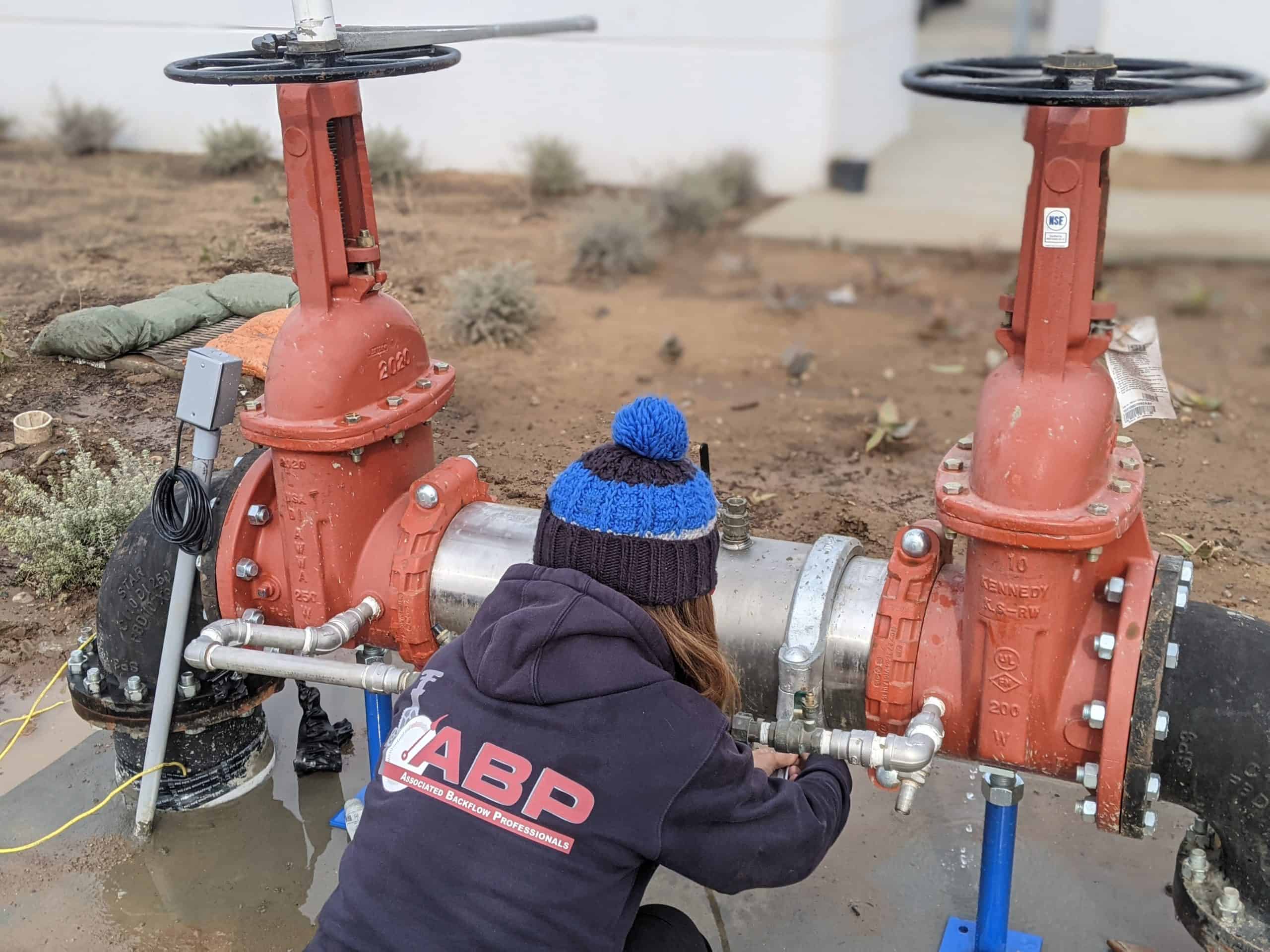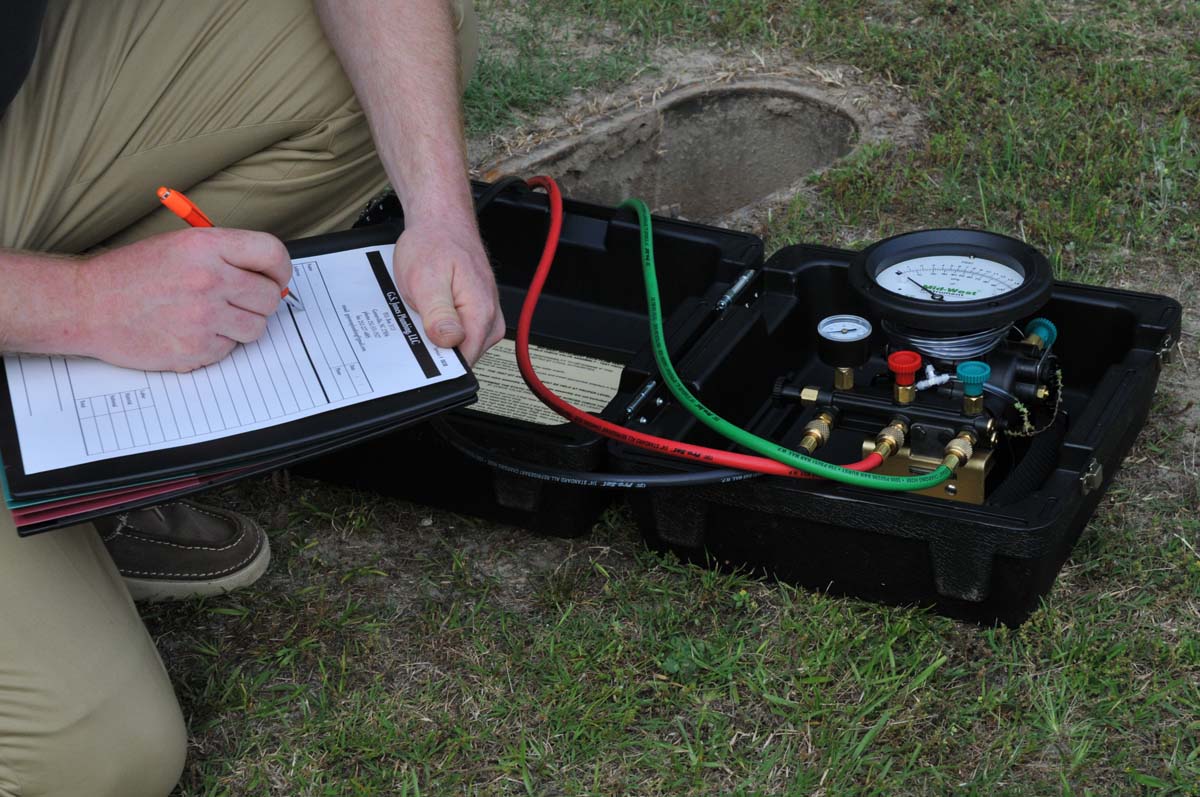Should I Conduct a Backflow Test on My Water
Should I Conduct a Backflow Test on My Water
Blog Article
Just about every person will have their own piece of advice in relation to Commercial Backflow Testing.

Yes, you need to backflow examination your home's supply of water to make sure that the water is free of toxic substances and harmful levels of chemicals. As a result of the devices required and space for mistake, you must not try to perform heartburn testing by yourself. We recommend that you call a professional plumber every number of years to check your water.
What is Backflow?
Simply put, heartburn is when water moves upwards-- the opposite direction in the plumbing system. This is also referred to as "backpressure." When the water moves in this instructions, it can blend with damaging contaminants and pose a risk.
What Creates Heartburn?
A common source of heartburn is a loss of water stress that creates the water to siphon back right into the water system. An instance is cleaning a paint pail utilizing a pipe. You fill the paint container up with water, leaving the pipe in the container. After some time, there is a loss in water stress and also the pipe starts to draw the water back into the water. As you can visualize, there are now chemicals from the paint that are entering the water supply, potentially positioning a risk. Many people are not also mindful of heartburn testing, yet there are several reasons why it's so important.
Heartburn Screening is Called For by Regulation in Particular Cities
Depending on where you live, you might really be needed by legislation to backflow examination your regulation. Iowa City maintains a document of all residential or commercial properties served by the city's water supply.
You Can Prevent Heartburn
If you have an expert plumber mount a heartburn tool, dangerous heartburn is quickly avoidable. The plumber will likewise check for heartburn and also figure out if there is an active danger. The main function of a backflow device is to avoid water from streaming backwards right into your water system. Plumbers install the tool on the pipelines in your home to make sure that the water just streams in the right direction.
Backflow Can Influence Both You and also Your City
Because unsafe backflow can affect the public water supply in enhancement to a solitary structure, many cities establish backflow standards. Thankfully, modern cities have backflow devices in place that protect the water supply that originates from the majority of houses as well as industrial properties. The real hazard comes from watering systems, which can hurt the supply of water with hazardous plant foods, manure, and also various other chemicals.
Call a Plumber to Test for Backflow Before It is Too Late
While it might sound grim, polluted water can result in terrible bacterial and viral infections that are challenging to treat. If there are any type of unsafe chemical levels, a plumbing business can swiftly check your home's water to figure out. The tiny financial investment is if you can avoid the suffering that originates from consuming alcohol infected water. And if you do find that your water has high levels of toxic substances, a plumber can easily set up a heartburn prevention gadget.
Yes, you require to backflow examination your home's water supply to guarantee that the water is complimentary of toxic substances as well as unsafe degrees of chemicals. A normal reason of heartburn is a loss of water pressure that causes the water to siphon back right into the water supply. After some time, there is a loss in water stress as well as the hose pipe begins to draw the water back into the water supply. The main objective of a backflow tool is to stop water from streaming backwards into your water supply. Numerous cities establish backflow standards since harmful backflow can influence the public water supply in addition to a single structure.
WHY DOES BACKFLOW TESTING NEED TO BE DONE EVERY YEAR
What Is Backflow?
Toxic gas backing up into a building is one example of potential backflow issues, but backflow can occur in many other ways.
Backflow is generally referred to as the reversal of a liquid or gas in a plumbing system.
Most issues for the public occur with backflow resulting in contaminated drinking water. If you look up backflow issues online you’ll probably find references to “potable” water. That means drinking water.
There have been backflow issues in the past with drinking water. Chemicals, sewage and other contaminants have found their way into drinking water causing health issues for those that count on the fresh water.
What Causes Backflow?
In a residence or commercial building water generally flows one way. This normal flow is usually driven by consistent pressure in the water and waste system.
Anything that changes the normal pressure in the system can lead to backflow.
Fire hydrant use or malfunction can reverse the normal pressure in the system on a city line, but backflow can occur in a number of different ways.
Sometimes backpressure might be caused by someone using a garden hose and submerging the end of the hose in a pool of liquid. If pressure is lost the flow could reverse and contaminants could be released into the drinking water.
Anytime there is a connection between contaminants and the drinking water there is potential for a backflow issue. Sometimes these connections are not immediately obvious like the garden hose connecting to a building’s drinking water supply.
Backflow Regulations
The Environmental Protection Agency (EPA) provides guidelines and regulations for state and local governments regarding backflow. State and local governments also have their own guidelines and regulations for backflow prevention.
Arizona has its own backflow regulations.
Due to issues with backflow in the past, regulations require backflow preventer devices to be used in nearly all residential and commercial buildings.
A backflow preventer is a device that prevents backflow as cross-connection points where potential backflow issues may occur.
While backflow is not a common occurrence, preventers are in place to make sure there is no contamination should something malfunction or go wrong with a building’s water supply.

I am just very drawn to What is Backflow Testing? and I'm hoping you enjoyed reading the new blog entry. Sharing is caring. Helping others is fun. Thank-you for going through it.
We're the solution! Report this page